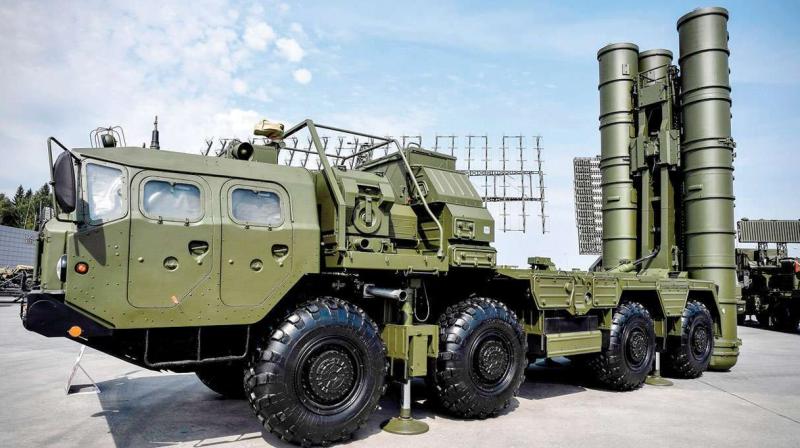The Pentagon spymaster told US lawmakers that India intends to deploy the S-400 missile defence system it acquired from Russia by June 2022 to defend against threats from Pakistan and China. Lieutenant General Scott Beryl, director of India’s Defence Intelligence Agency, told members of the Senate Armed Services Committee at a recent congressional hearing that India began receiving deliveries of the S-400 missile defence system from Russia in December.
As of October 2021, the Indian military is looking to procure advanced surveillance systems to strengthen its land and sea borders and enhance its offensive and defensive cyber capabilities. Beryl said India received an initial delivery of the Russian S-400 air defence system in December and intends to operate the system by June 2022 to defend against threats from Pakistan and China.
India continues to develop its own hypersonic, ballistic, cruise and anti-aircraft missile capabilities and will conduct multiple tests in 2021. With more satellites in orbit, India is expanding the use of its space assets, possibly pursuing offensive space capabilities, he said.
Beryl told lawmakers that New Delhi is pursuing a broad military modernisation effort, including air, ground, naval and strategic nuclear forces, focusing on domestic defence production. India is taking steps to create an integrated theatre command to improve the joint capabilities of its three services.
Since 2019, PM Modi has prioritised strengthening the Indian economy by expanding the domestic defence industry and establishing a negative import list to reduce defence purchases from foreign suppliers. India’s long-standing defence relationship with Russia remains strong, with its first 2+2-style talks held in December last year, after only joint foreign and defence ministers with the US, Japan and Australia.
Beryl told lawmakers that India remained neutral on Russia’s invasion of Ukraine and continued to call for peace.
According to Beryl, throughout 2021, New Delhi will continue to implement a foreign policy to demonstrate India’s role as a leading provider of electricity and security networks in the Indian Ocean region.
He said India seeks strategic partnerships to build influence through bilateral and multilateral mechanisms such as the Quadrilateral Security Dialogue and the Association of Southeast Asian Nations (ASEAN) to promote prosperity and stability in the Indo-Pacific region. He added that New Delhi seeks to deepen intelligence and operational cooperation in cybersecurity, protect critical information infrastructure, prevent adversaries from manipulating public opinion, and develop standards and norms to protect and safeguard data governance.
He said that after the fall of the Afghan government, New Delhi was increasingly concerned about possible attacks on India by Taliban-controlled Afghan-authorized terrorist groups such as Lashkar-e-Taiba and Jaish-e-Mohammed.
He said the withdrawal of Indian personnel from Afghanistan has reduced its resources to monitor potential threats and cultivate influence on regional stability.
Despite India’s renewed commitment to a ceasefire in 2003, India remains prepared to respond to threats it sees as militant and continues to conduct counterterrorism operations in J&K. He said there were occasional skirmishes between Indian and Pakistani armies and high-profile attacks by Pakistani terrorists in India could lead to a response from the Indian military.
Relations between China and India remain tense following deadly clashes between their respective forces and areas west of the Line of Actual Control (LAC) in the summer of 2020, Beryl said.
In 2021, the two sides will hold multiple rounds of high-level diplomatic and military talks, and the two sides will take a step back at multiple points of confrontation. However, with nearly 50,000 soldiers on both sides and artillery, tanks, and multiple rocket launchers, both sides are building infrastructure along the LAC, he said.






